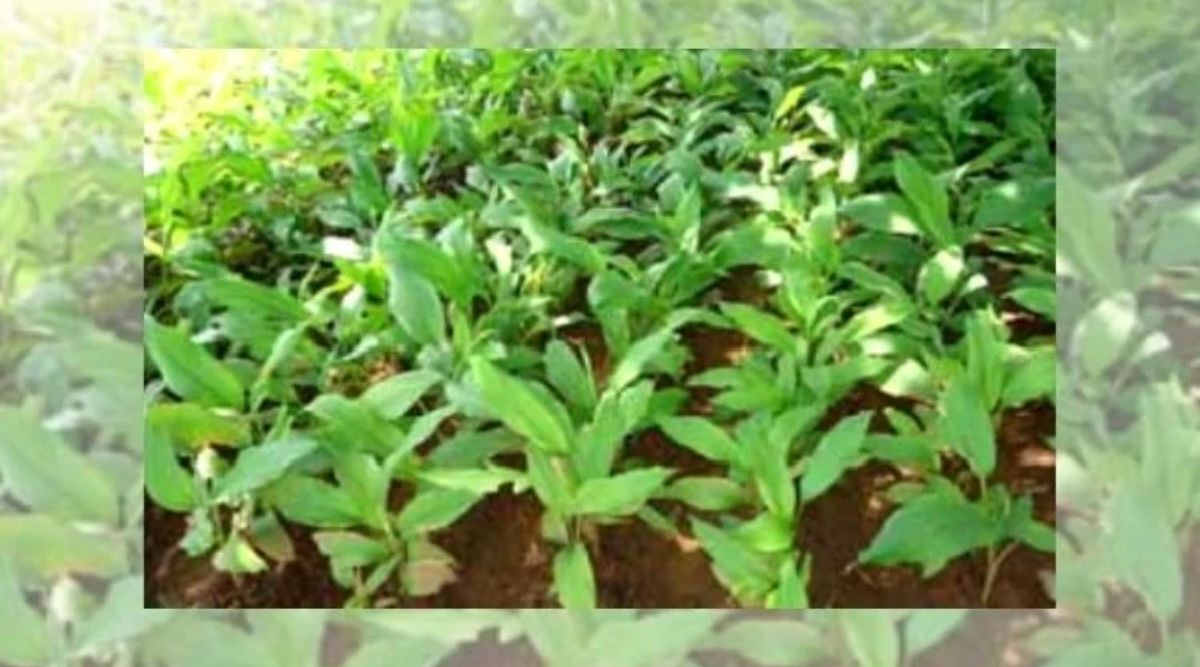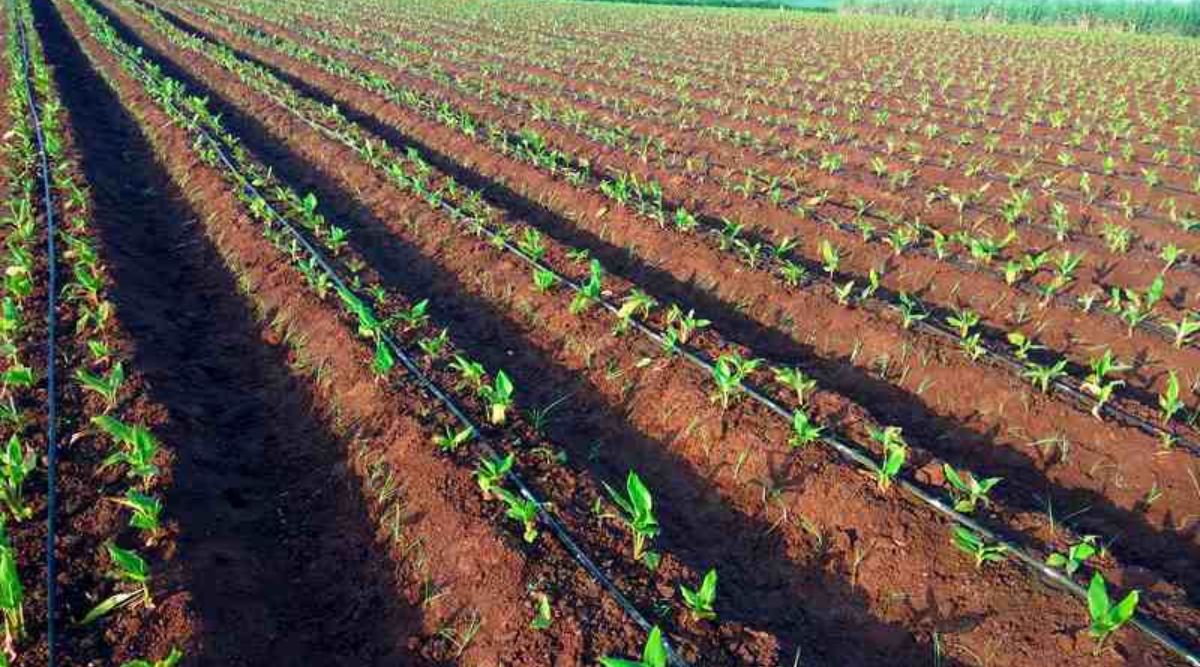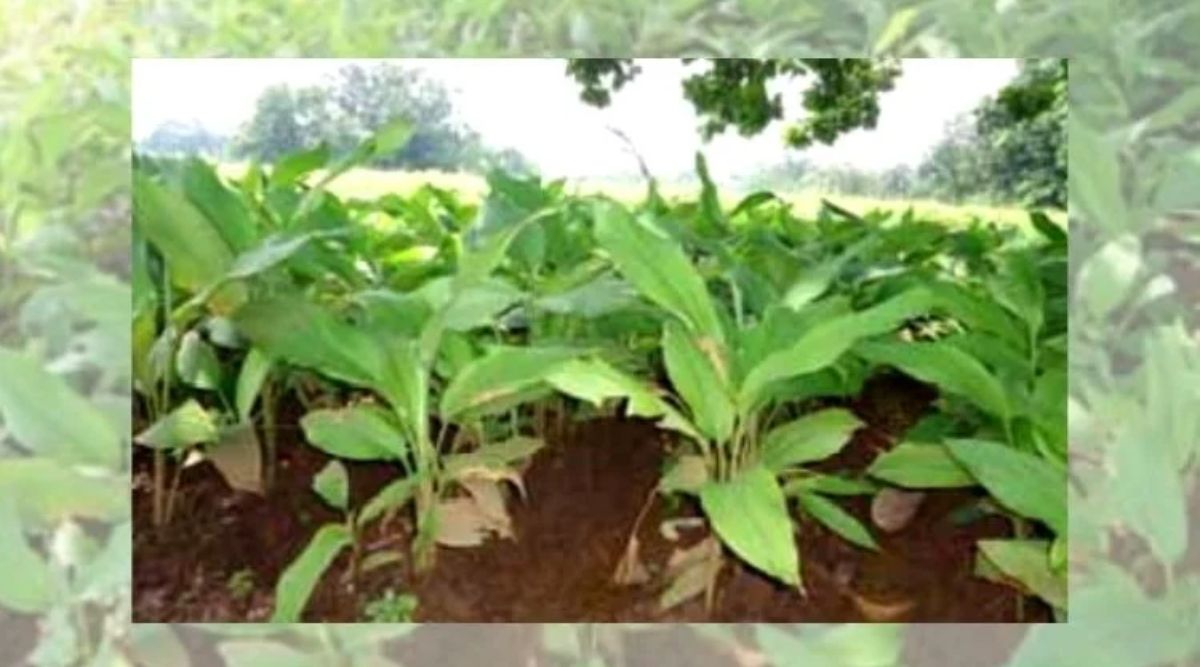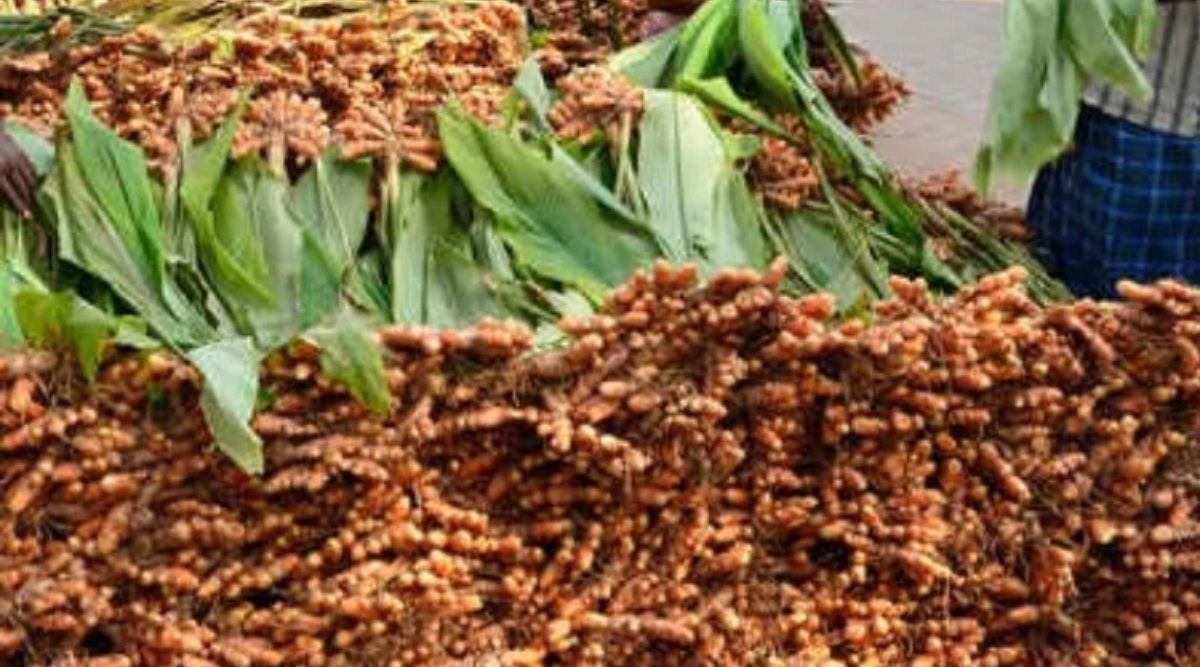Turmeric Cultivation: Increased production and solved the problem of moisture
Farmers are benefiting in turmeric production by adopting this woman's technology
In this article, we will tell you how a woman increased crop production by using advanced techniques in turmeric cultivation and solved a big problem. It would not be wrong if turmeric were called an all-purpose spice because, along with improving the color of food, it is also used as a medicine for improving skin tone and many diseases.
It is considered the best medicine in Ayurveda, and the use of turmeric in food has been recommended. It is a spice whose demand never diminishes. In Corona, its demand has increased even more. Andhra Pradesh is the largest producer of turmeric in our country. After this comes the number of Odisha, Tamil Nadu, and Maharashtra. It is crucial to have moisture in the soil in Turmeric Cultivation. There is no good crop if there is no moisture. In this situation, Saroj Lakda of Mardanpur village of Chhatra district of Jharkhand has invented the Moisture Retention Technique to overcome the low humidity problem.

Things to keep in mind while cultivating Turmeric
Turmeric cultivation is generally done between May-June. It can be cultivated in areas with no good irrigation facility even at the beginning of monsoon, i.e., in July. One thing that should be considered for turmeric cultivation is having a good drainage system in the field. Otherwise, the crop will get spoiled. The land must be moist for the cultivation of turmeric. Due to this, irrigation is needed when cultivated in the open field, but if it is mixed farming, i.e., if turmeric is sown in the middle of another crop, then due to the shade of the tree, soil moisture remains due to which less irrigation is required.

Sowing Method
Turmeric seeds are not small grains; only sprouted pieces of turmeric are sown, called rhizomes. Only the mother rhizome should be used as a seed. Although turmeric can be cultivated in all types of soil, including loamy, alluvial, and laterite soil, which is rich in organic matter and is considered very good for its cultivation.
Turmeric Varieties
Farmers can earn more profit by cultivating some improved varieties of turmeric. These include C.L. 326 Maidukur, C.L. 327 Thekurpent, Kasturi, Pitambara, Roma, Sonali, Surma, Pratibha, Prabha, Suguna, Sudarshan, Suvarna, I.I.Sr. progress etc.

What is Moisture Retention Technique?
40-year-old Saroj Lakra, a resident of Jharkhar, is an innovative farmer, that is, she keeps on doing new experiments in farming. He has 4 hectares of agricultural land. Saroj always had to face the problem of lack of moisture during turmeric cultivation, to overcome which he developed a new technique called Moisture Retention Technique.
In the technique invented by Saroj, one kg of cow dung is dissolved in 5 liters of water and the mother rhizome is soaked in it for 6 hours. The rhizome is placed in a groove on top of vermicompost. After this rhizome is sown. Using this modified method, the percentage of germination increased. Also, this technique protects the crop from root rot disease and plants remain healthy. The vermicompost present in it helps in retaining the soil moisture for a long time. Cultivation of turmeric by this method also showed improvement in its color and quality. His crop production increased by about 10 percent compared to the traditional method.

How much Profit Saroj earned in Turmeric Farming
The total cost of turmeric production to Saroj was around Rs 55,000 per hectare. Due to this, he got an income of Rs. one lakh 85 thousand per hectare, which means he got a direct profit of Rs. one lakh 30 thousand. About 460 turmeric producing farmers of Chhatra district are getting benefits by adopting this technique invented by Saroj.

Also Read: Turmeric cultivation helped her become an entrepreneur
Contact us – If farmers want to share any valuable information or experiences related to farming, they can connect with us via phone or whatsapp at 9599273766 or you can write to us at “[email protected]”. Through Kisan of India, we will convey your message to the people, because we believe that if the farmers are advanced then the country is happy.
You can connect with Kisan of India on Facebook, Twitter, and Whatsapp and Subscribe to our YouTube channel.



